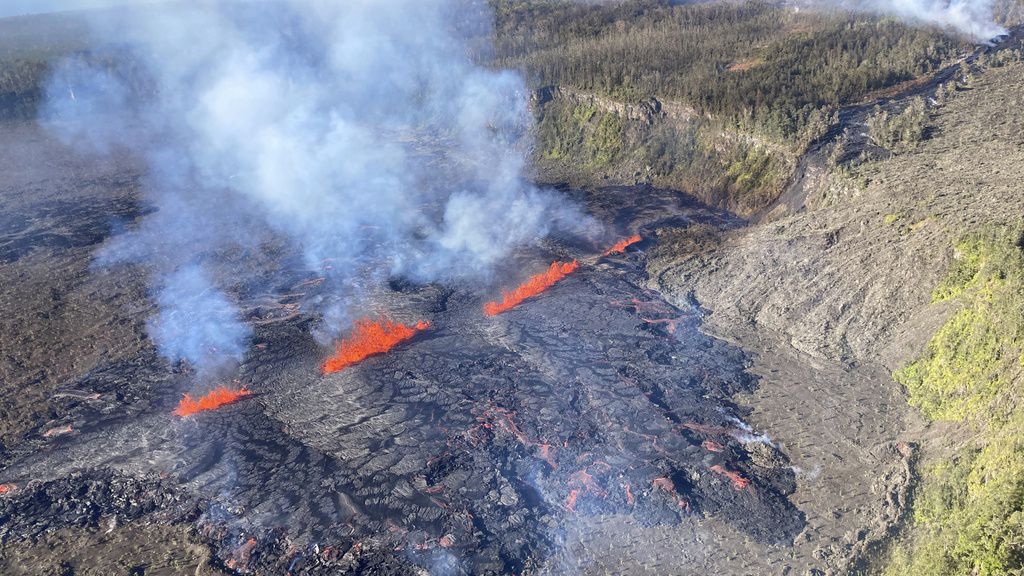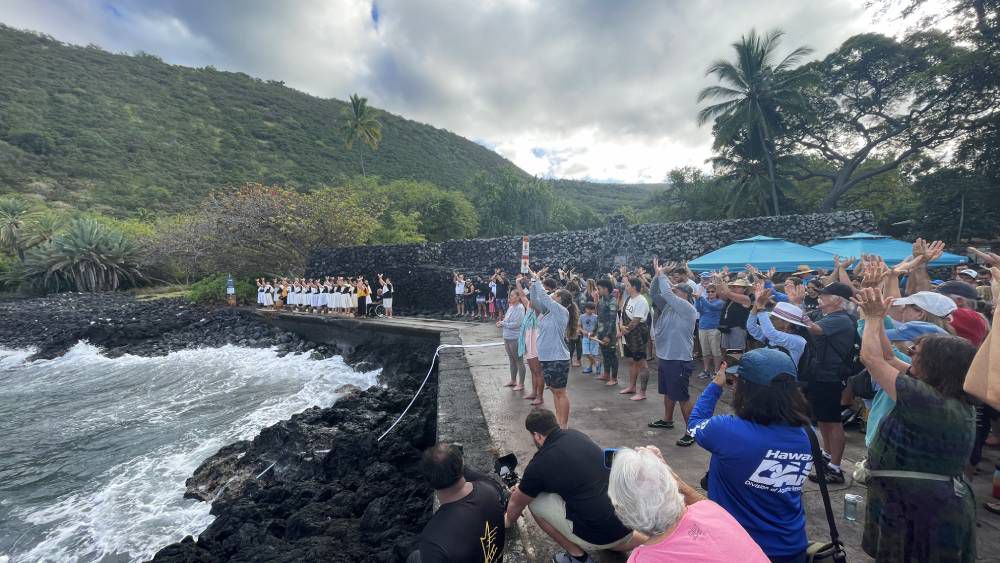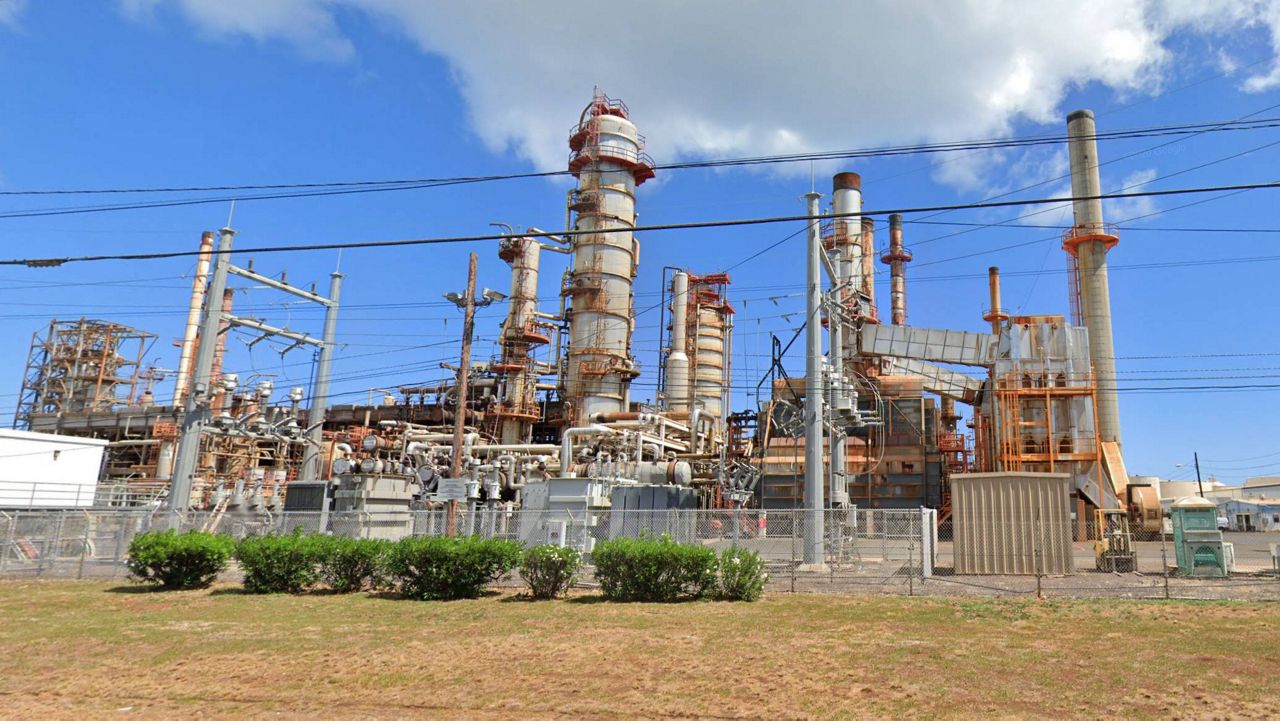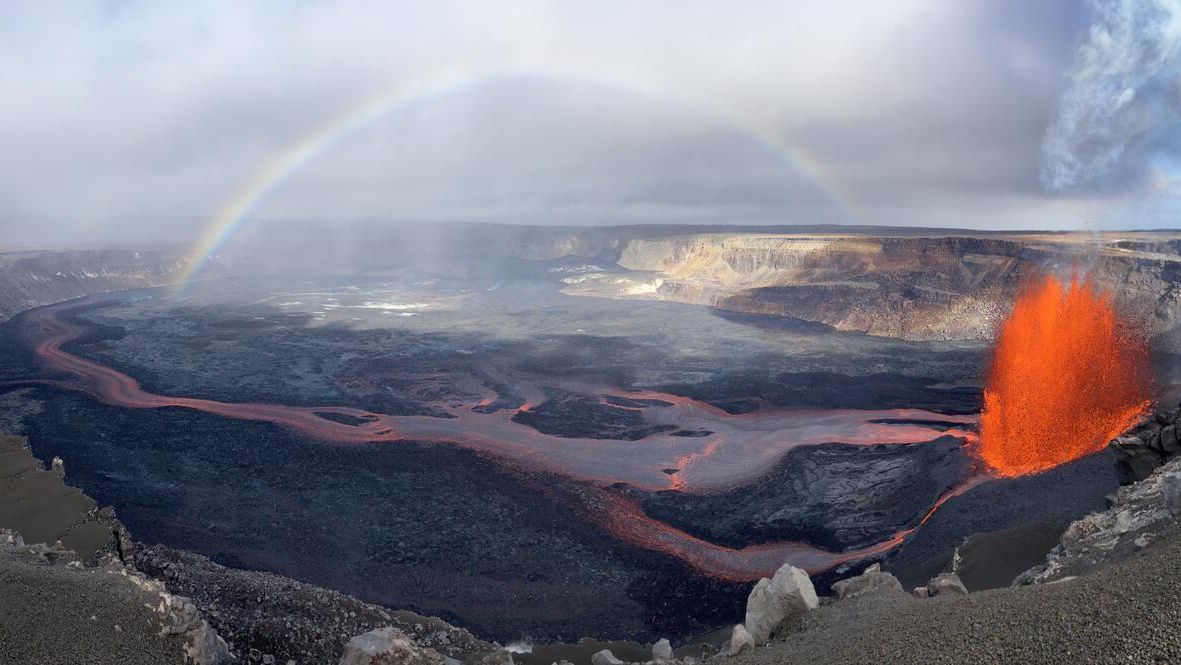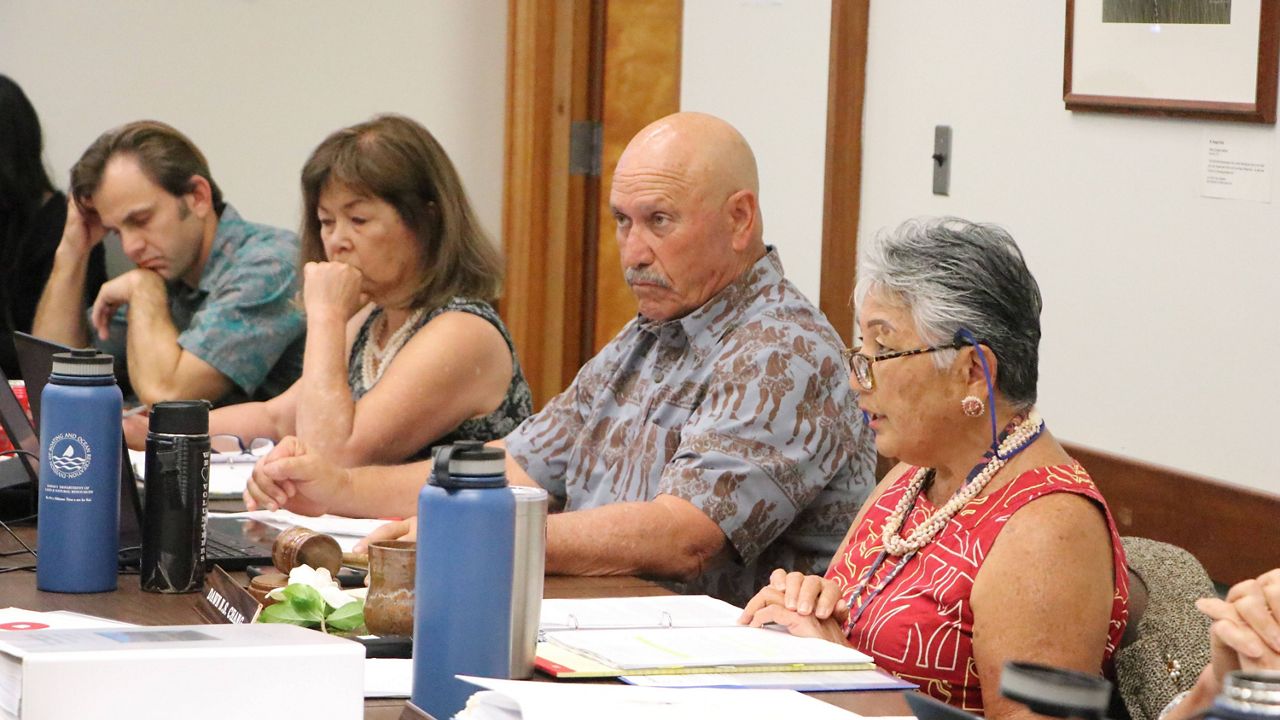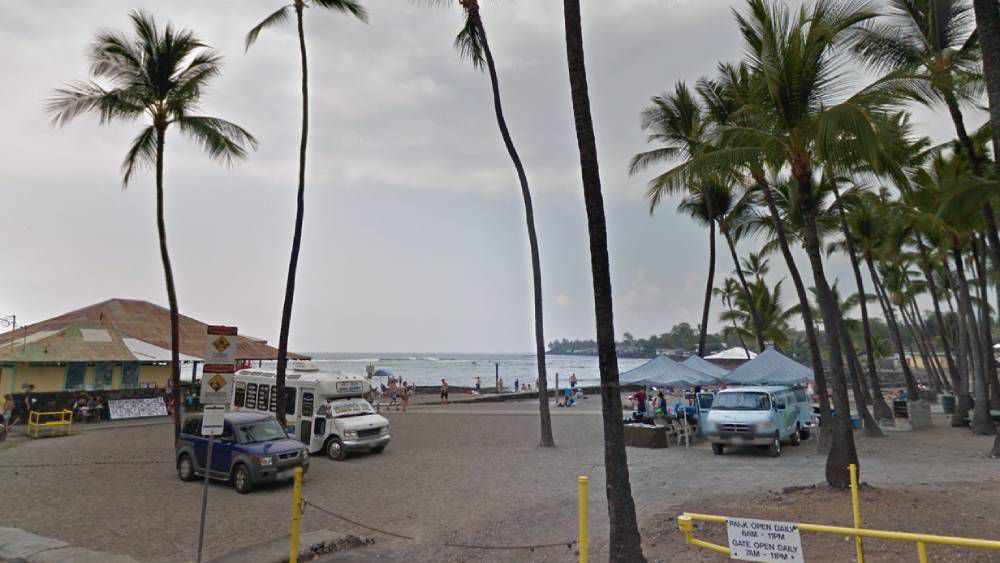HAWAII VOLCANOES NATIONAL PARK, Hawaii — Eruptive activity from the Kilauea volcano increased early Tuesday but there is no immediate threat to homes or infrastructure, the USGS Hawaiian Volcano Observatory said.
According to the observatory, the volcano started erupting Tuesday in Hawai’i Volcanoes National Park from a new fissure vent that opened within Nāpau Crater between 4 and 5 a.m. HST.
The current eruptive activity began with a small eruption that occurred on the evening Sept. 15 from a fissure located just west of Nāpau Crater and lasted a few hours. A second phase of the eruption began at approximately 6 p.m. Monday.
Activity decreased Monday night until approximately 4 a.m. Tuesday, when a third phase of the eruption began. The eruption is occurring within a closed and remote area of Hawaiʻi Volcanoes National Park.
Volcanic gas known as “vog” may reach downwind subdivisions near the park, the observatory warned.
The park encompasses the summits of two of the world’s most active volcanoes: Kilauea and Mauna Loa. But the eruption's location in a remote wilderness area more than 6 miles from the nearest road doesn't make public viewing possible, according to park officials.
During a Tuesday morning helicopter overflight, geologists said they observed fountaining eruptive fissures and active lava flows on the floor of Napau Crater.
The Volcano Alert Level remains at WATCH and Aviation Color Code at ORANGE.
Activity in the lower East Rift Zone and Southwest Rift Zone remain low according to HVO.
The Chain of Craters Road remains closed.
Authorities ask visitors to check the park’s website for information on closures or hazard alerts.
HVO will continue to monitor the situation and is in close contact with Hawaii Volcanoes National Park and the Hawaii County Civil Defense Agency.
Editor's note: The article has been updated to include a new photo and updated information from Associated Press. Alert levels remain the same. (Sept. 18, 2024)





